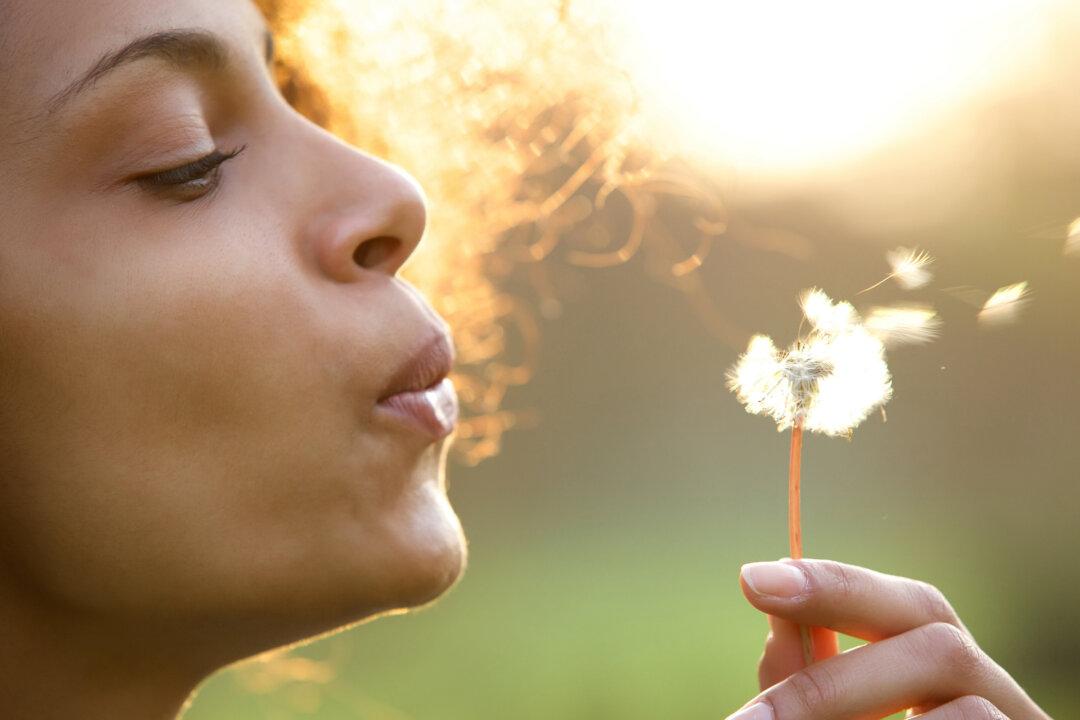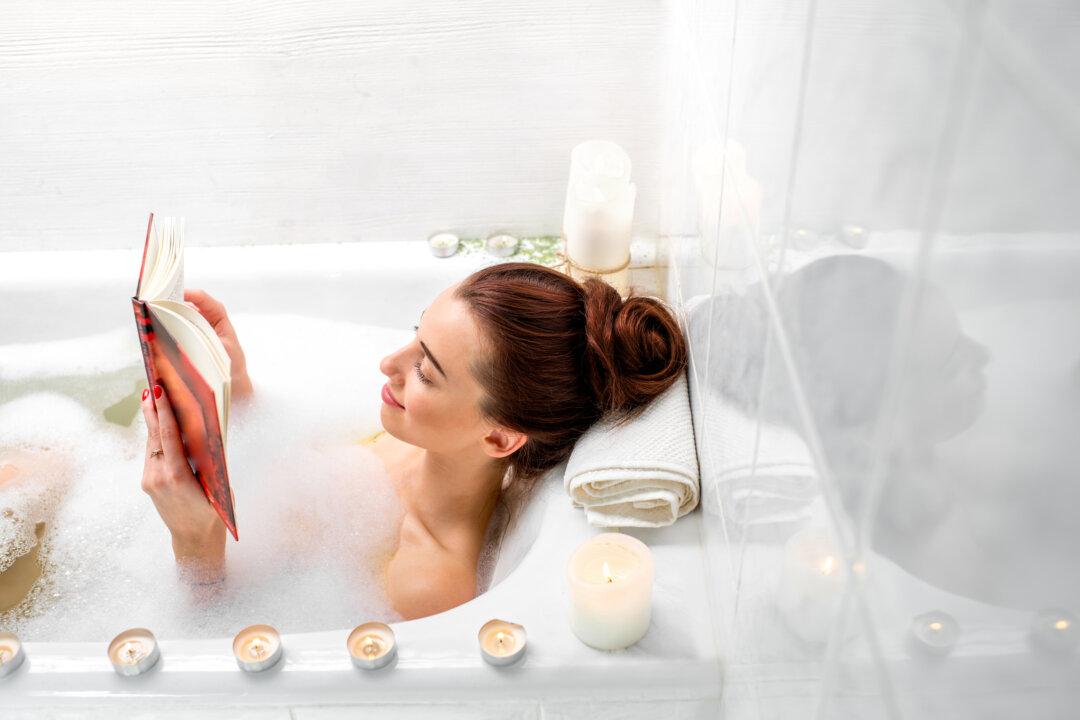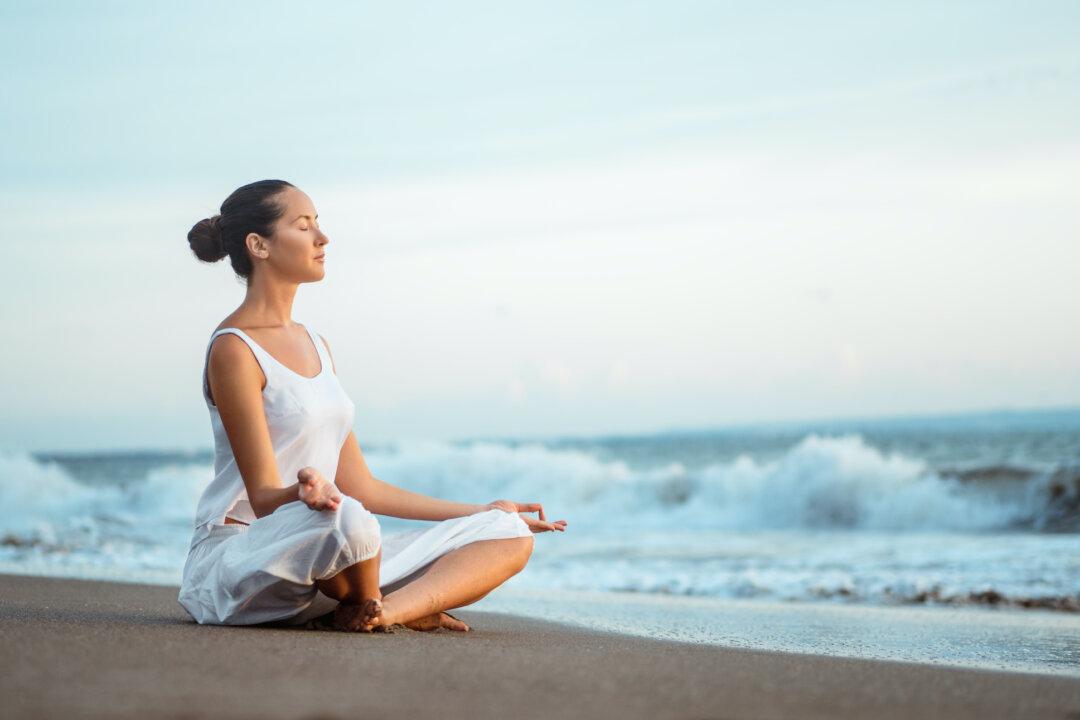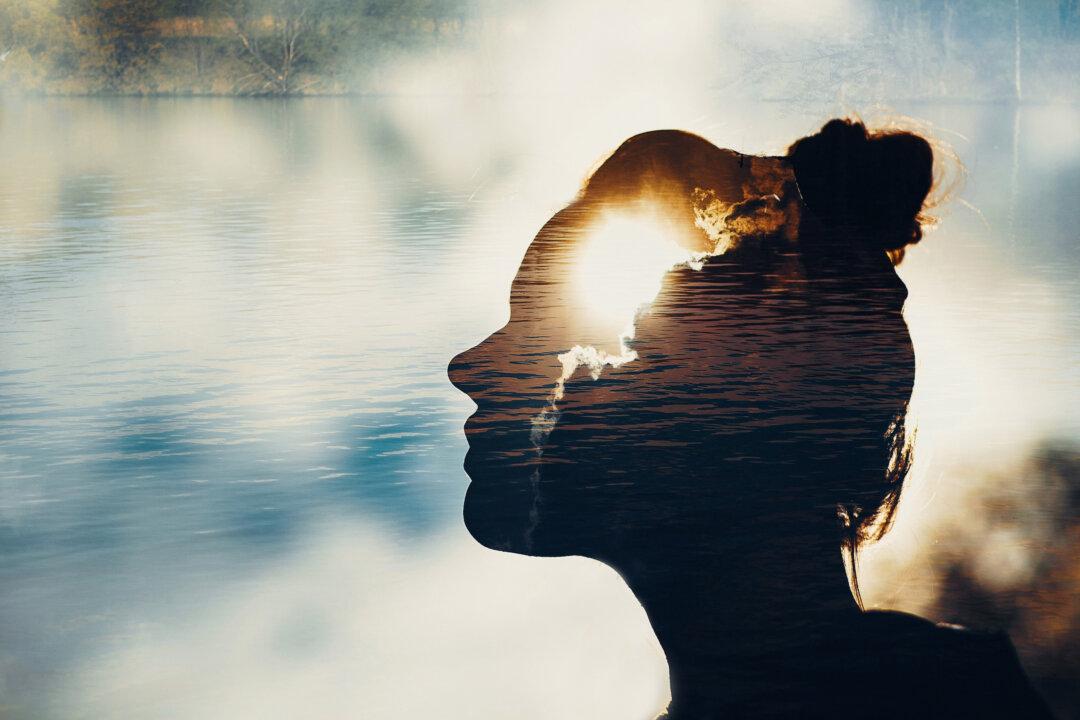It’s the coldest and darkest time of the year in the Northern Hemisphere. We celebrate and make merry with the holidays, but the passing of the winter solstice near the end of December reminds us we have a lot of dark winter ahead.
Brandon LaGreca, LAc, MAcOM, is a licensed acupuncturist in the state of Wisconsin. He is the author of “Cancer and EMF Radiation: How to Protect Yourself From the Silent Carcinogen of Electropollution” and “Cancer, Stress & Mindset: Focusing the Mind to Empower Healing and Resilience.” He shares his thoughts at Empowered Patient Blog.
Author’s Selected Articles






